As parents, we all are very eager to teach our children when they are little. Educational experts believe that two years old is a great time to begin.
Two-year-olds are curious, eager, and love to learn new things. Helping them to develop some basic but essential skills can help them to establish a great foundation for their future learning.
Two-year-olds are also much more communicative and vocal. They can say a few words, use gestures, and utilize body language.

Developmental Milestones of 2-Year-Olds
As your child progresses from an infant to a toddler in their second year, they will experience many significant changes. They will learn to run, jump, and become more active. Their language skills will also develop, with an increase in the number of words they use.
Additionally, they will begin to exhibit a strong desire to explore and understand their surroundings.
Let’s look at some of the critical milestones for a two-year-old.
Physical Milestones
As your child reaches age two, they will begin to develop gross motor skills that involve using large muscles to move their entire body.
For example, they can walk independently, kick a ball, run, and jump. They may even begin to climb stairs alone and make dressing and undressing easier by extending their arms or legs.
At this age, children will also develop their fine motor skills, allowing them to drink from a regular cup, learn how to use a spoon, use the pincer grasp to pick up small objects, and engage in activities such as putting things in and out of containers (which they will likely find quite enjoyable).
With improved motor skills and overall body coordination, many toddlers enjoy spending time at playgrounds around this age. They particularly want swings and slides, which keep them active and allow them to interact with other children of the same age and make new friends.
Cognitive Milestones
At age two, children will develop their cognitive abilities, allowing them to think, learn, explore, and solve simple problems.
For example, they can use everyday objects, such as a toothbrush, spoon, fork, and cup, and connect words to images in their books. Additionally, they will react to stimuli such as their favorite songs, stories, or toys.
At this age, children will also be able to recognize and point to familiar objects and body parts and explore and manipulate objects with their hands and fingers.
Language/Communication Skills
When asked at age two, children can point to objects in a book, such as “Where is the bear?” They will also start using at least two words, like “More milk.”
Additionally, they will point to at least two body parts when asked and use more gestures than just waving and meaning, such as blowing a kiss or nodding yes.
At this age, children will also recognize the names of family members and certain people and associate words with particular objects like toys, shoes, and cups.
Also, your two-year-old will better understand basic commands, speak simple words and phrases, and follow basic instructions. They will express different emotions through crying or making sounds.
Social And Emotional Milestones.
Regarding social skills, two-year-olds will show affection towards people they are familiar with and may become clingy with their caregivers. They will smile or laugh at certain things and cry when someone is upset.
They can also notice when others are hurt or upset and may pause or look sad when someone calls. They may even look at your face to determine how to react in a new situation.

What to Teach A Two-Year-Old?
Two-year-olds can learn a lot of things through play and social interaction. So this will be the perfect time to teach them new things integral to their development.
At this age, the primary ways for two-year-olds to learn are still through playing with toys and interacting with parents.
However, if you still need to start, it’s a good time to introduce STEM toys to help your child form an interest in science and technology.
Forming Sentences and Questions
By now, your toddler will have gained a few essential words in their vocabulary. Teach them to combine different words to form understandable sentences or questions, including names, body parts, animal names and sounds, household objects, colors, shapes, direction words, weather, and even personal information, like parents’ names and addresses.
Even while you’re doing daily chores, like washing them or playing with a ball, teach them simple words and phrases, and encourage them to use them in everyday situations.

Promoting Independence
Allow your two-year-old to do things independently so they learn to do things independently. These include teaching them primary self-care such as dressing or choosing their clothes, brushing their teeth, combing their hair, cleaning up, blowing their nose, washing their hands, getting in and out of the car, and choosing their toys or activities during playtime.
When you start, show your tot how to do these things correctly, then let them do them independently. To help them establish confidence, do not try to correct them too eagerly if they didn’t get it correctly right away.
Building Things
Open-ended toys invite two-year-olds to use their brain and think out of the box. For example, our researchers recommend different shapes of building blocks.
Building blocks during playtime helps little ones improve their hand-eye coordination and spatial awareness.
In addition, playing with such toys will encourage them to use their imagination and creativity to build miniature buildings while having fun toppling them down when they’re done.
Solving Puzzles
Playing with puzzles is a great activity to develop your child’s fine and gross-motor skills. Puzzles can practice hand-eye coordination by fitting puzzle pieces into their correct spots. Playing with puzzles is also a great way to develop their visual-spatial awareness as they try to manipulate puzzle pieces.
Magnetic puzzles are great learning toys that can help toddlers boost their creativity, though many such puzzles are suggested for kids older than three years. Plastic waffle puzzles are a great alternative if your two-year-old is still getting ready.
Playing Outside
It’s easy to encourage your toddler to spend time outside during this stage of their development as they’ll naturally want to explore their surroundings.
Outdoor playtime is also an excellent opportunity to develop their gross motor skills by engaging in activities like jumping, running, climbing, pedaling, and playing catch.
Take your fun-loving two-year-old to a playground with plenty of equipment to keep them physically active and engaged. Interacting with other kids on the playground is an excellent way for your child to make friends, enhance their social-emotional skills, and strengthen their physical skills.
It would be best if you encouraged your little one to participate in activities that involve gross motor skills, such as running, jumping, and climbing. In addition, provide toys that require fine motor skills, such as puzzles and blocks, to encourage the development of their fine motor skills.

A Few Tips for Parents
Parenting two-year-olds requires a balance between teaching them and encouraging independence. Don’t worry about not doing it right right away. What’s important is that you do it with finesse.
Don’t mind unwanted behaviors
Toddlers tend to repeat behaviors that result in a big reaction. For example, your two-year-old may pick up a bad word from you or someone in the family. Act like it’s not a big deal. This way they won’t repeat it to see your reaction to their action.
Teach them what they CAN do
Instead of telling your two-year-old “Don’t run around!”, try to use phrases such as “walking feet” or “slow down”.
You can even use other creative words for different actions to make it more fun. Using positive language at this stage in their lives is important to reinforce good behavior and discourage bad ones.
Assign simple tasks
Many toddlers are eager helpers! They want to do what their caregivers can do! My two-year-old loves to be around when I load dishes into the dishwasher or take clothes out of the dryer.
Toddlers are naturally curious. They always want to try out new things and they don’t lack confidence! When my daughter was two, she thought that she could help me reach the balloon that got stuck in the tree branches. How adorable!
By putting your two-year-old in charge of a simple task, she will be given a chance to try and prove themselves. This, in turn, helps her become even more confident and independent.
It is fun to have a two-year-old around when you do simple house chores. I remember asking my son to help me to throw tissues into the garbage can, and he always felt super proud when he did it!
Asking a two-year-old to help out is also a wonderful way to help them learn the value of teamwork, cooperation, and collaboration with others. They also learn to become more compassionate during this process.
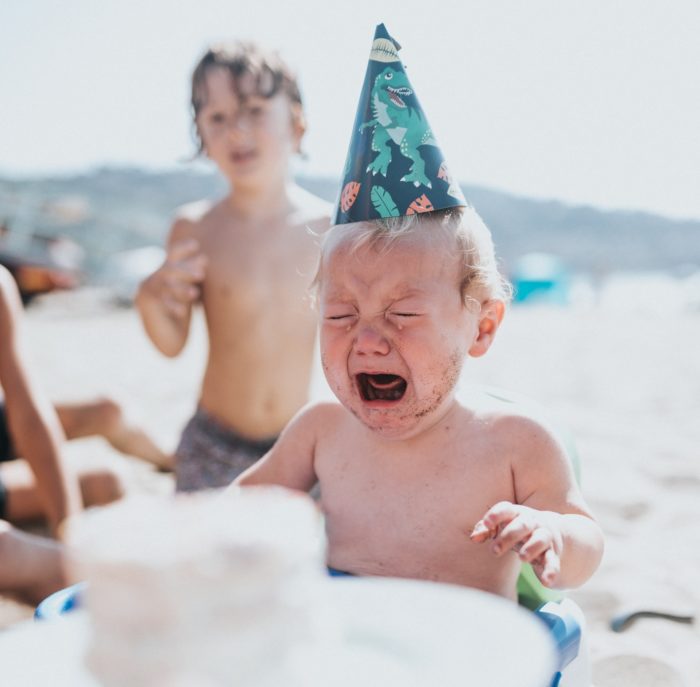
Acknowledge their emotions.
Your two-year-old is still learning to express her emotions. Sometimes, she may not be able to express herself in socially acceptable ways. There are times you may be wondering why your little toddler seems a little mean to you or others.
It’s important for adults to teach two-year-olds how to identify and be aware of their own emotions. It’s also important to not deny their negative emotions and acknowledge how they are actually feeling.
You can acknowledge your toddler’s emotions by saying: “It’s okay to be sad, but it’s not okay to take it out on your sibling or a toy.” This way your child will be assured that her emotions matter to you, but there are boundaries in what they can and cannot do.
Bottom Line
Your child won’t be a two-year-old for too long. When she grows up, you will miss how fun-loving, imaginative, and forgiving she once was.
It can be challenging to raise a child. I have been there many times – shedding tears at night after my kids went to sleep because I was so exhausted and worried about them.
However, teaching your two-year-old new things and being part of her growth is such a rewarding experience. The joy of doing these things is beyond measure!

Dr. Insiyah Amiji is a pediatrician with over 10 years of experience specializing in newborn care and child nutrition. She has previously served as the head of the Pediatrics Department at Saifee Hospital in Tanzania.
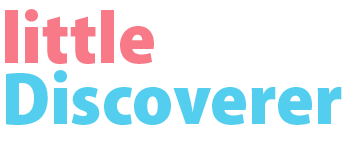
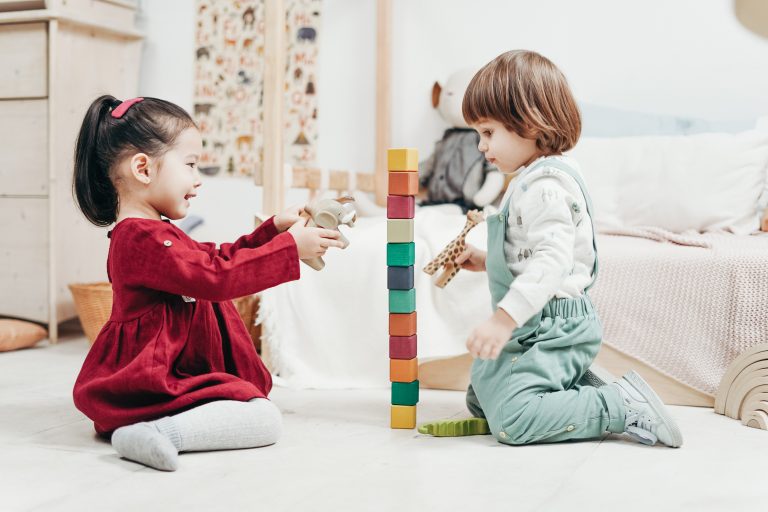
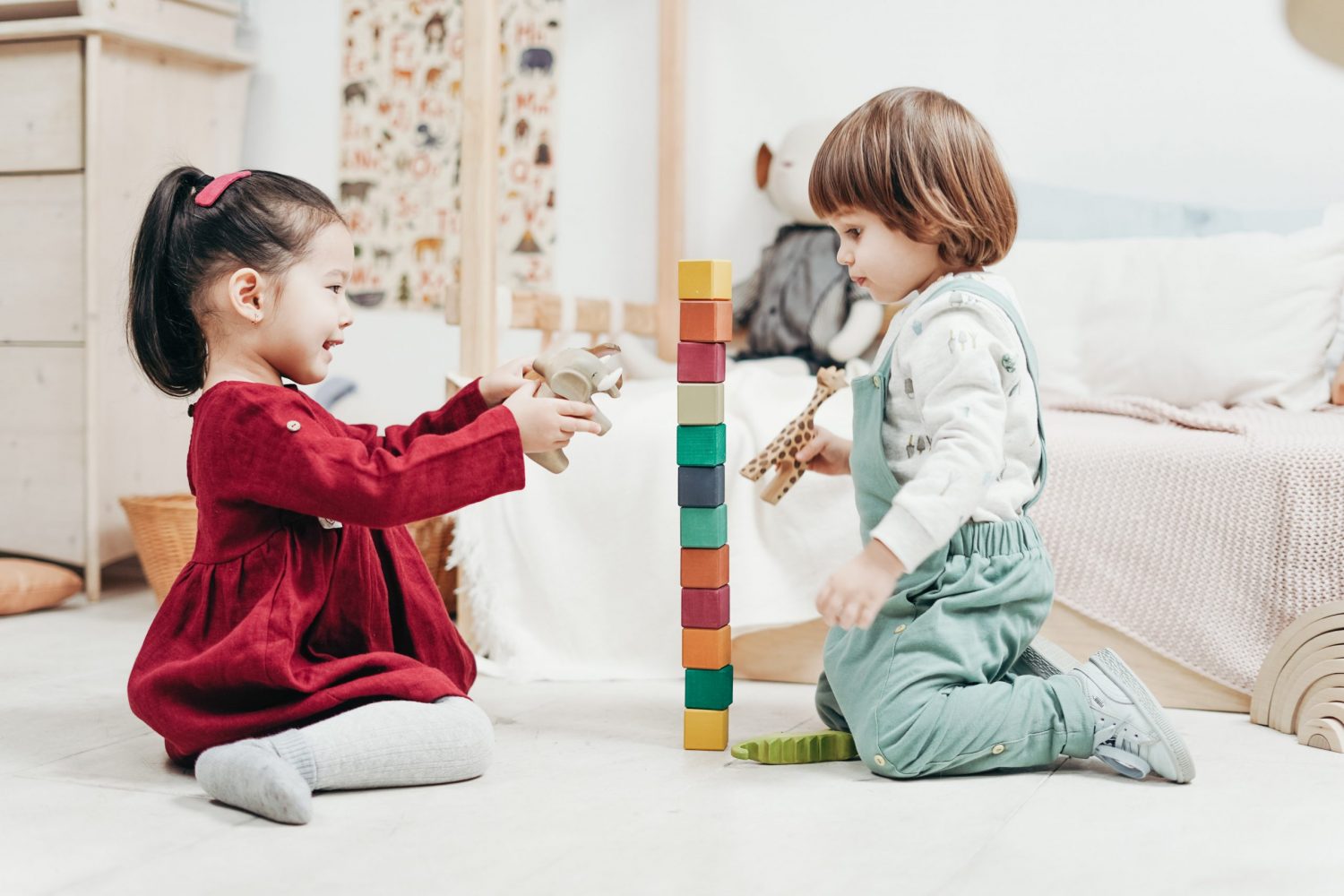
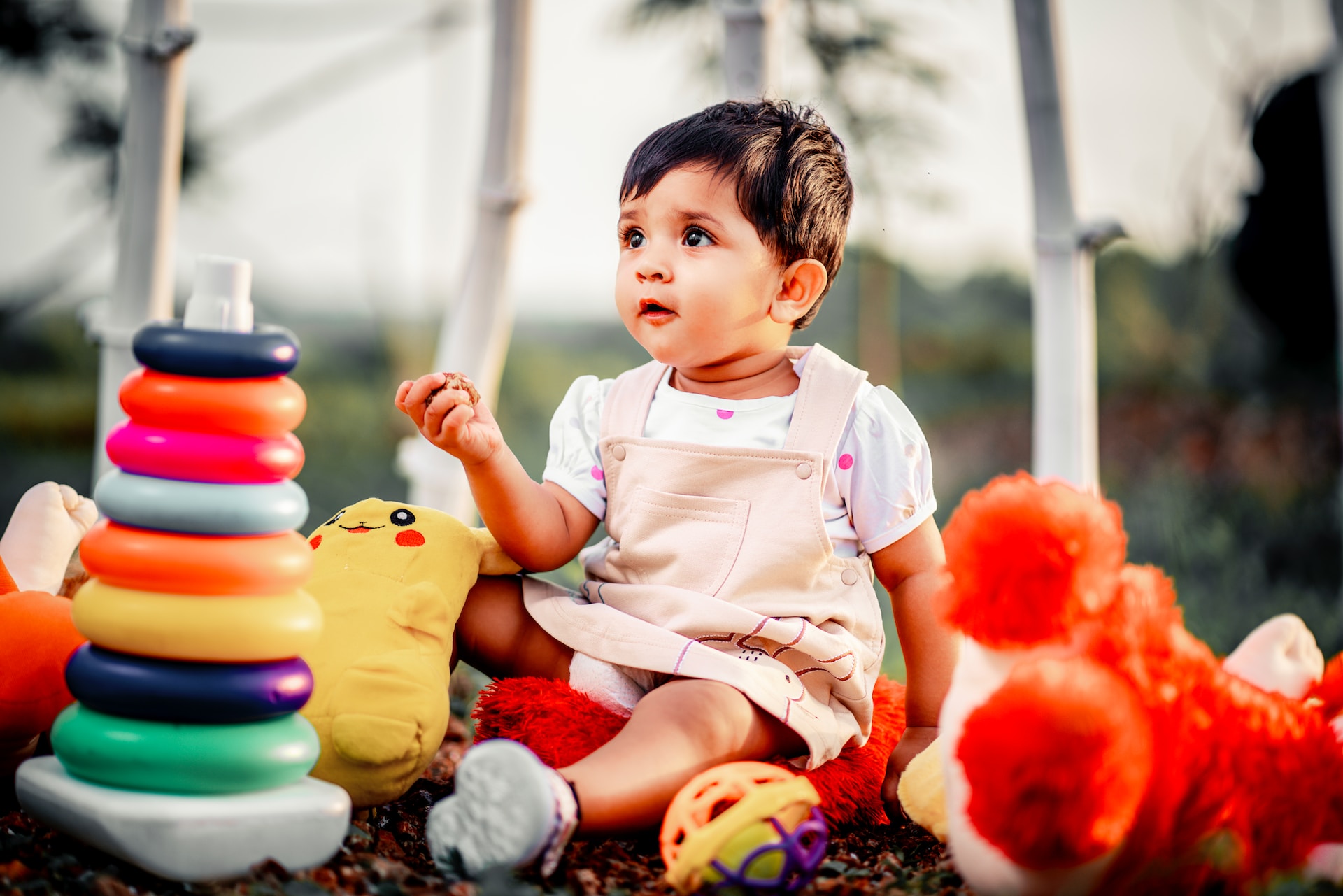
![Best Outdoor Playset for 4-Year-Olds in [current_year] 10 Best Outdoor Playset for 4-Year-Olds](https://littlediscoverer.com/wp-content/uploads/2021/01/Best-Outdoor-Playset-for-4-Year-Olds.jpg)
![Best STEM Toys for 5-Year-Olds: [current_year] Updates 11 Best STEM Toys for 5-Year-Olds](https://littlediscoverer.com/wp-content/uploads/2020/12/Best-STEM-Toys-for-5-Year-Olds.jpg)
![Best Scooter for 2-Year-Olds in [current_year] 12 Best Scooter for 2-Year-Olds](https://littlediscoverer.com/wp-content/uploads/2021/03/Best-Scooter-for-2-Year-Olds.jpg)
![Best Gifts for 8 to 10-Year-Olds in [current_year] 13 Best Gifts for 8 to 10-Year-Olds](https://littlediscoverer.com/wp-content/uploads/2022/12/Best-Gifts-for-8-to-10-Year-Olds.jpg)